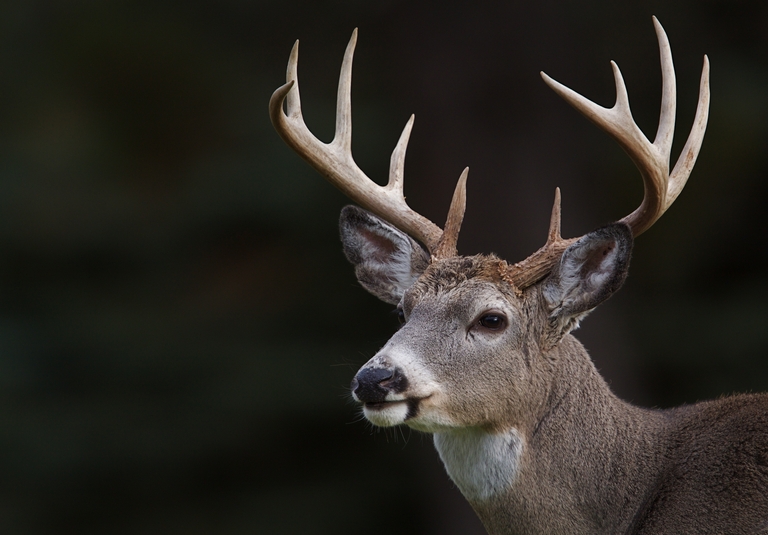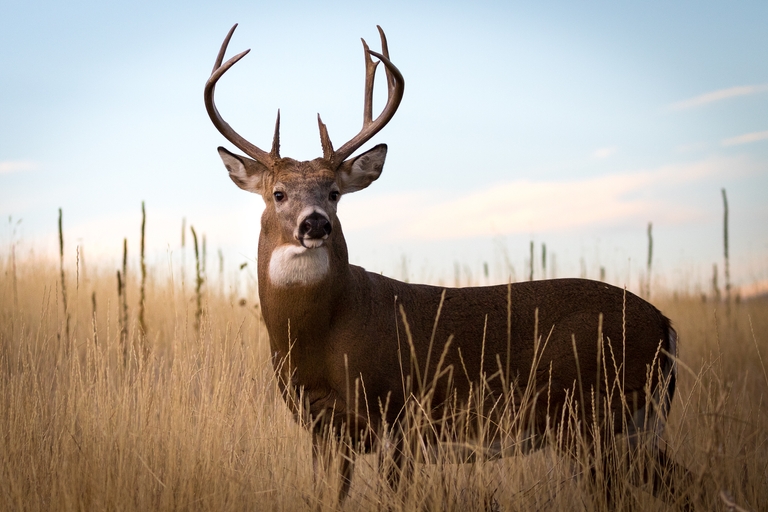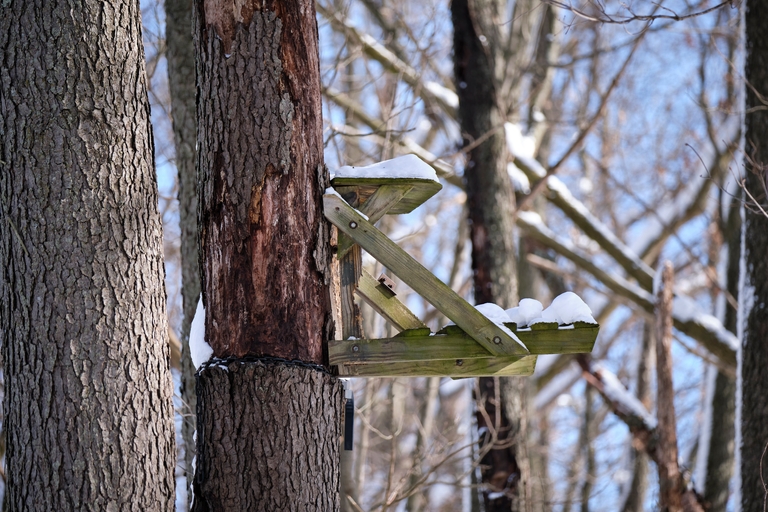How To Stay Safe When Carrying Hunters Firearms
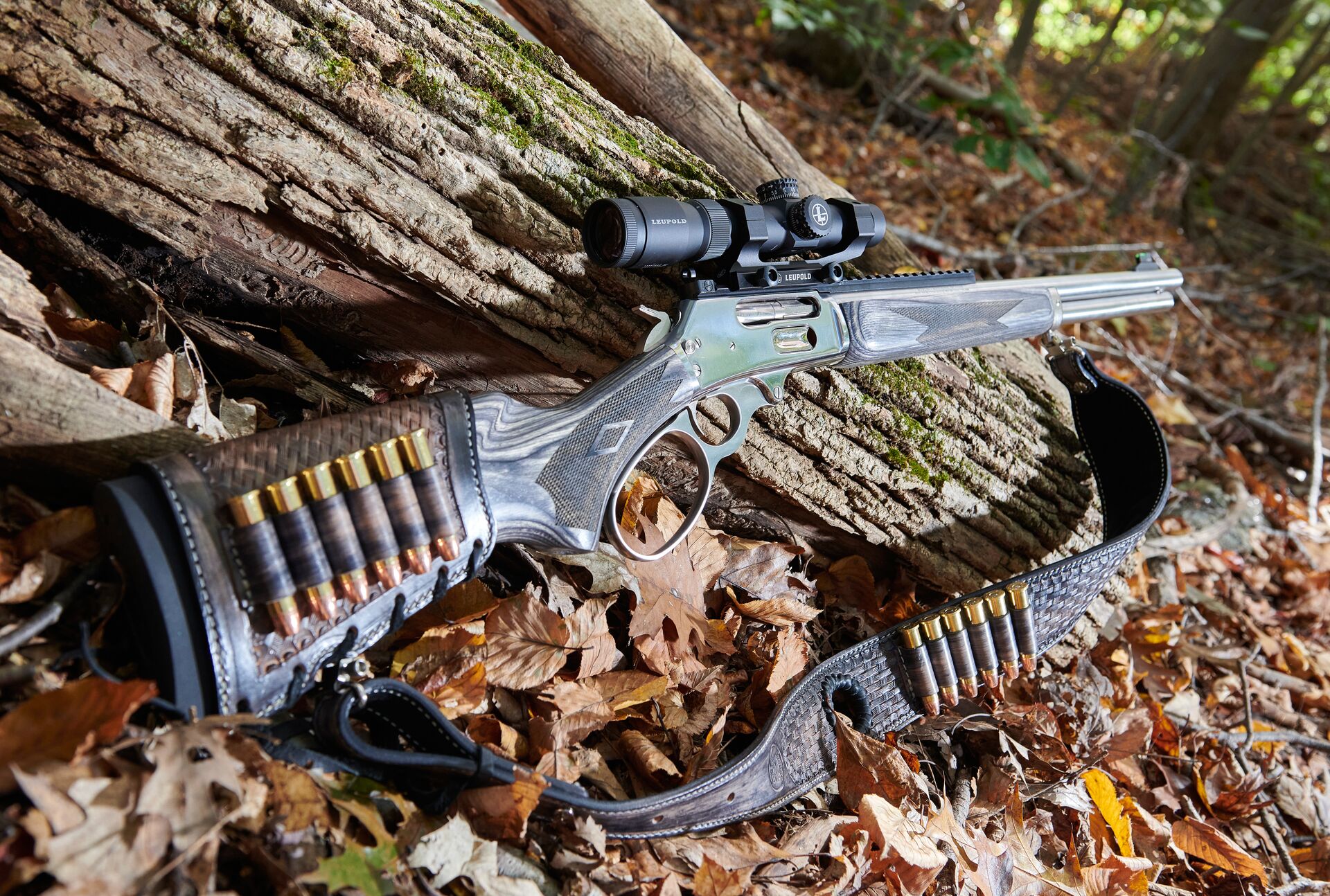
Firearm ownership carries with it a commitment to safety, security, and maturity.
As hunters, we must set the standard for safety not only for ourselves but also for our loved ones – the most important part of a hunt is not taking a big buck or freezer full of birds but making it home safely.
This blog looks at hunter safety from the hunters firearms perspective and how you can implement strategies and tools to stay safe and reduce the chances of harm.

Know Your Firearm and Consider Education
Firearms must be respected; part of that respect process is understanding your firearm inside and out. Follow the steps below for a thorough firearm education.
1. Hit the Books (or Manufacturer's Manual)
Different makes, models, and gun types have different anatomies and may employ different safety features. Just because you're used to one or several hunters firearms doesn't mean a new one will be the same.
Read the manual or contact the manufacturer for safety and usage guidelines to learn the specifics of your firearm. Then, do additional research online with gun safety YouTube videos and guides.
2. Get Familiar with the Essential Functions
Practice safely opening and closing the firearm's action and learn how to remove any ammunition from the gun or magazine. Additionally, practice field cleaning at home and have predetermined storage strategies and methods in place.
As a final point, practice your stance, holding preference, and dry firing if the manufacturer's instructions recommend it to get familiar with the firearm.
3. Practice Firearm Handling and Live Firing in a Controlled Environment
It's a sobering fact that almost all firearm discharge accidents are a result of human error. To mitigate this risk, it's crucial to get accustomed to loading, unloading, and clearing your firearm in different environments with live ammunition.
Don't hesitate to seek guidance from local instructors, revisit the basics with an introductory gun safety lesson, or consider a hunter education course for added confidence. This commitment to practice on the range and learning fosters a safety culture and builds safe habits.
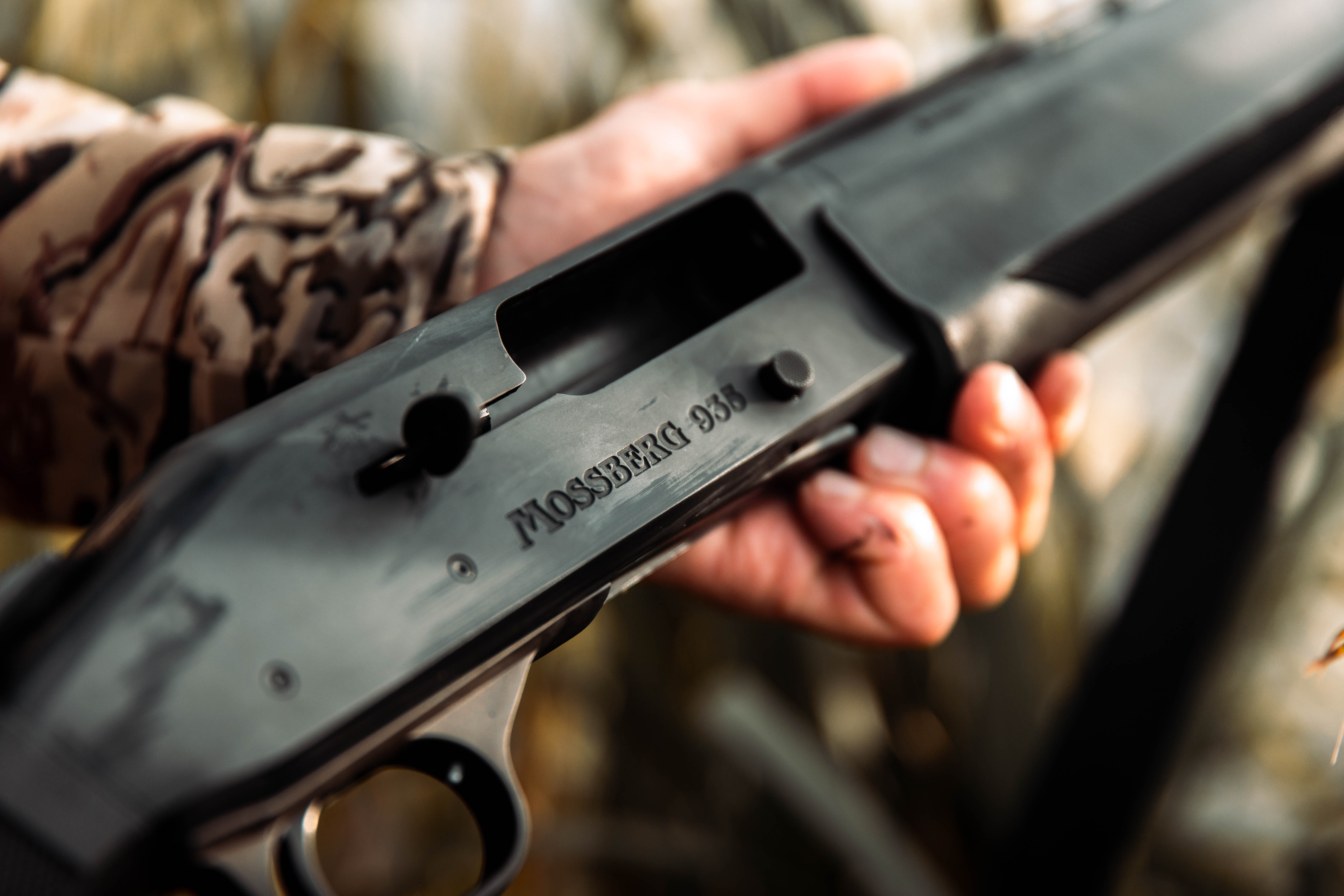
Practice Proper Handling and Storage
Proper handling and storage prevent personal risk and are critical steps in protecting others, whether at home, out in the field, or anytime your firearm is out of the gun safe.
Follow the Universal Safety Rules
Just because they're universal doesn't mean they don't bear repeating:
- Treat every firearm as if it's loaded, and always double-check the condition of your gun
- Only point the firearm at that which you wish to hit
- Always be sure of your target and what's behind it
- Only put your finger on the trigger when you're ready to fire
Apply these tips regardless of the environment in which you operate.
Store Firearms Safely When Not In Use
Proper storage keeps firearms away from children and unauthorized users and ensures compliance with gun storage laws in your state.
It's a multi-step process that involves:
- Unloading the firearm
- Keeping it in a locked cabinet
- Storing ammunition in a locked location away from the firearm storage
- Establishing house rules about who has access to firearms and additional safety steps wherever necessary
Additional steps, such as a gun locking device for an additional failsafe, can also add extra protection. Remember that storage also includes travel, so consider investing in high-quality, secure temporary storage to keep your firearm out of sight and secure. Secure lock boxes attached to your vehicle can be a great option, especially when you travel frequently to hunt.
Certain state and federal laws govern the use, transport, and storage of firearms, so it's essential to brush up on your local requirements to avoid fines or punishments.
Use Safety Features Appropriately
Most guns come equipped with features to help you stay safe, and additional devices are available to prevent human error.
Some of the leading features include:
- Manual safety: A lever or switch that blocks the trigger from the firing mechanism.
- Trigger lock: An additional button or lever that prevents the trigger from being pulled unless this action is engaged.
- Firing pin block: A mechanism that stops the firing pin from the striker unless the trigger is pulled.
- Magazine disconnect: A mechanism that stops the firearm from firing when the magazine is removed.
Familiarize yourself with the safety mechanisms of your specific firearm and consider additional options depending on your hunting and safety requirements.
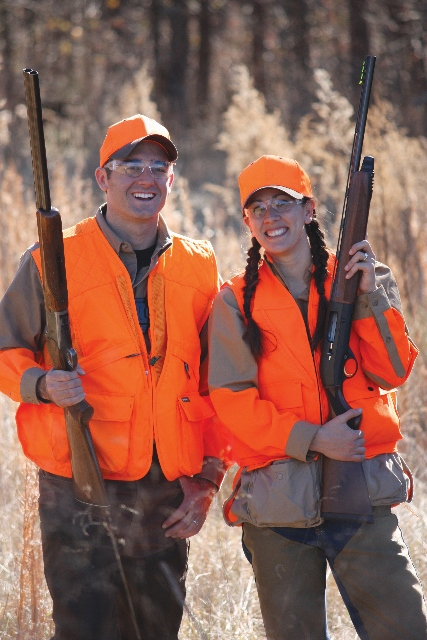
Communication, Coordination, and Awareness
Gun safety is not only about the physical usage of a firearm but includes a holistic approach, including how you communicate and engage with fellow hunters.
To begin with, set clear expectations about communication and the roles of each hunter in a group. Encourage honesty regarding experience and familiarity with hunting and firearm use.
If hunting in a group, spend some time scouting or backpacking to determine your communication styles. Treat it as an unarmed practice run. Focus on situational awareness and always knowing where your gun is pointing.
Practice additional safety steps, such as wearing blaze orange for visibility, receiving first aid training, and establishing safety protocols before heading out into the field.
Regular Maintenance and Inspection
Wear and tear and signs of malfunction, especially after time spent in high or low-temperature conditions or adverse weather conditions, can impact the function of our firearm. Practice disassembling your firearm and thoroughly cleaning it to prevent malfunctions, such as misfires and jams, which can compromise safety.
Remember that cleaning is both an aesthetic process and a critical safety step.
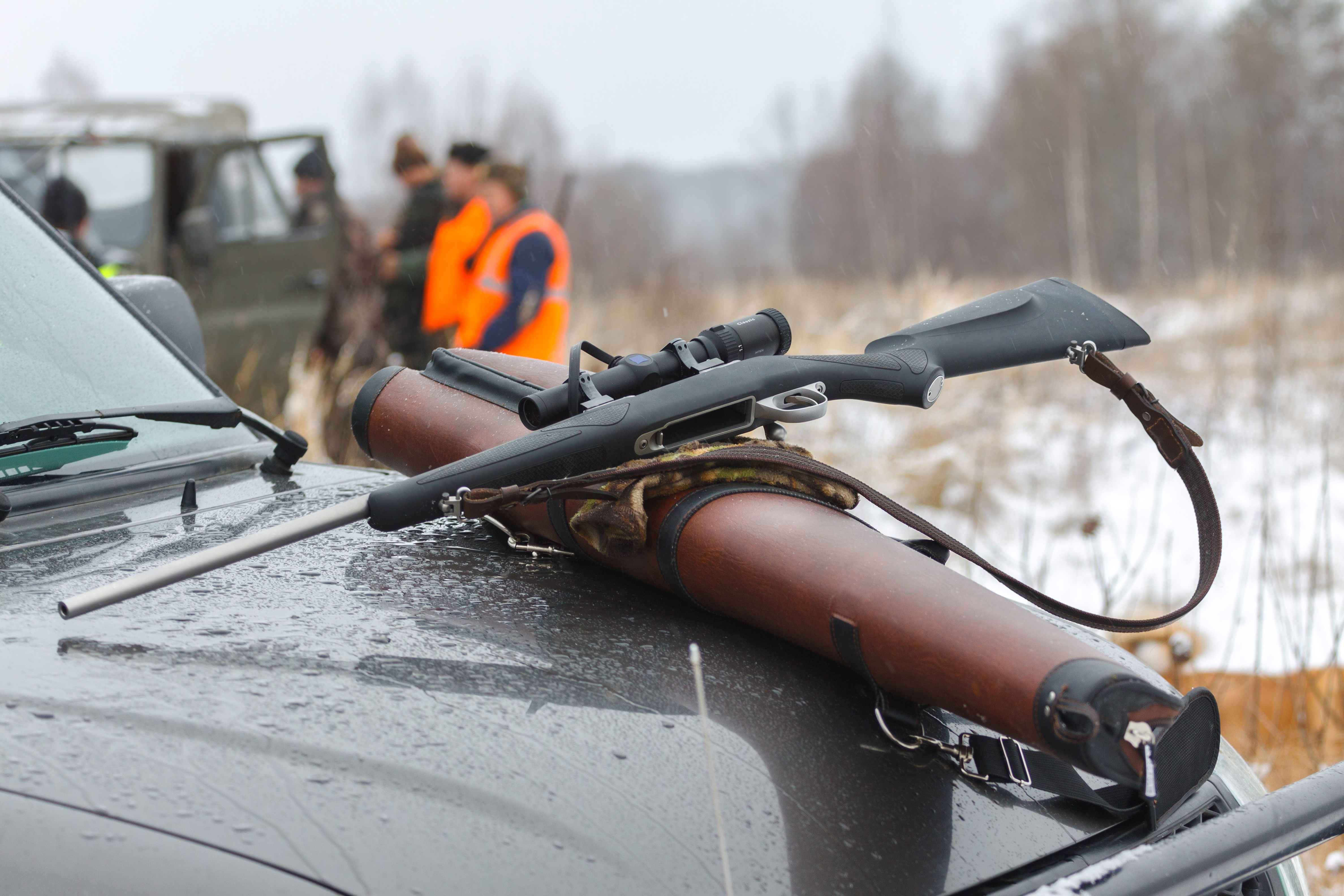
Hunter Education Helps You Stay Safe When Using Hunters Firearms
Gun safety is the most essential component of firearm ownership. Preventing avoidable mishaps comes down to preparation and a thorough understanding of the basics of gun safety.
Whether you've just bought your first .22 or are adding a new firearm to your collection, a hunter safety education course is always the best way to learn or refresh hunter safety fundamentals (including gun handling and storage). Hunter-Ed is here to help you learn crucial firearm safety essentials to protect yourself and others in the field.
So, before your next hunt, make sure you are safety certified! Our online courses make it easy and convenient to learn. Find the course for your state and start learning with our free online study guide!

